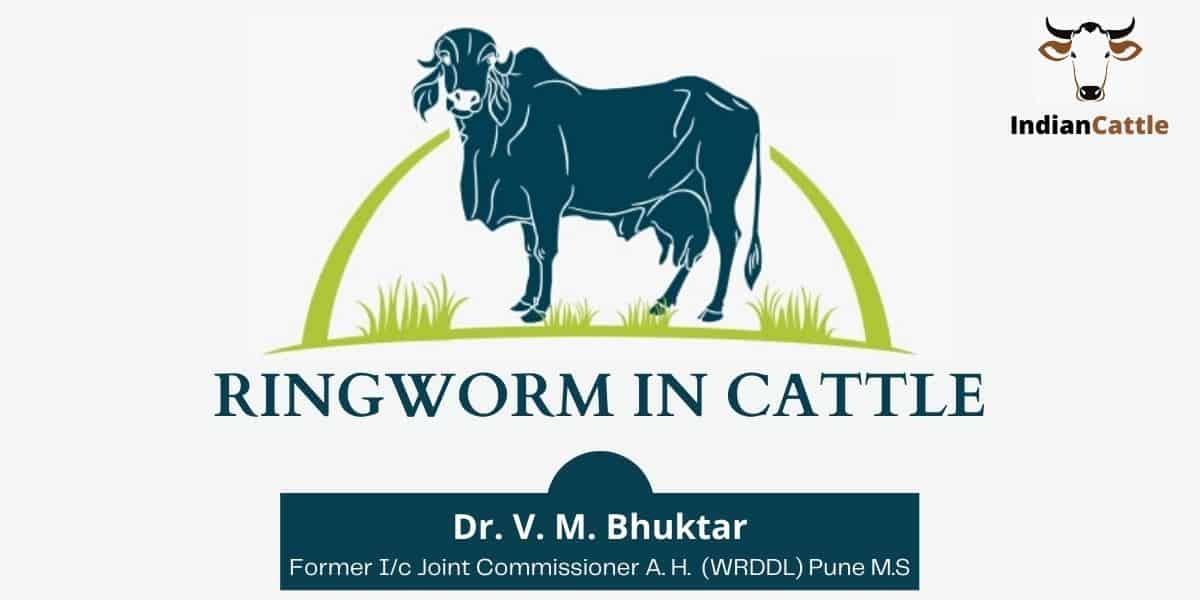
Ringworm in Cattle
Ringworm is a fungal infection generally occurring in cattle and in human.
Causal Factor: It is caused by fungus belonging to Trichophyton verrucosum and Trichophyton mentagrophytes. The spores can remain alive for a week to years in dry environment.
Mode of transmission: By contact, the infected animals may spread the disease commonly by direct contact. Contaminated bedding, saddle and cloth may also help in spreading of the disease.
Clinical Signs of Ringworms in Cattle
Erythema, the grey to white area of skin with an ash like surface primarily occurs on head and around neck and may further spread over the remaining part of the body. Size of the lesions may vary. The changes observed are alopecia, scaling and crusting. The inflammatory lesion tends to spread peripherally in a ring like manner hence the term ringworm. Other clinical signs are pruritus, hair loss and poor growth.
Material required for Laboratory Testing: Deep scraping of crust, hair and scale using scalpel blade from the periphery of the skin lesions. Few hairs should be pulled out and included in the sample. The scrapings should be packed in non-absorbent papers and be sent in envelop.
Diagnosis of Ringworm
Microscopic examination – Take deep scraping after applying alcohol 70%, place it on a slide, add 2-3 drops of KOH or NaOH 10% Cover it with coverslip and wait for 5 to 10 minutes and examine under low or high power. The microscopic examination would show the constituents of the fungi on the skin and hair fragments. The fungus can also be cultured on Sabourauds agar for spp. identification.
Treatment for Ringworm in Cattle
Iodine and sulphur preparations. Antifungal medications (drug from the canazole family) and antifungal ointments. The medication cannot penetrate the crusts hence it should be removed by scraping or brushing. They should be collected and burned to avoid contaminating premises. The lesions should be treated by strong disinfectant repeatedly and apply antifungal ointments
Prevention and Control
Adopt biosecurity measures. Environment / shed / premises should clean and disinfect properly including bedding, saddle and cloths. This must be done between each batch of animals. Avoid overcrowding of animals. Handle the infected animals by wearing hand gloves. Animals should provide balanced diet for immunity.
Read: Diagnosis and Treatment of Mastitis in Cattle
| Dr. V. M. Bhuktar
Former I/c Joint Commissioner A. H. Western Regional Disease Diagnostic Laboratory (WRDDL) Pune M.S |
Dr. D. M. Chavan
Former Additional Commissioner (Animal Husbandry), Government of Maharashtra, Pune |
